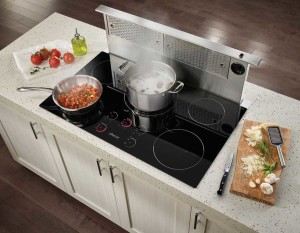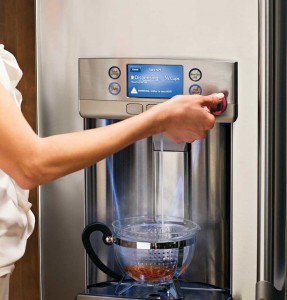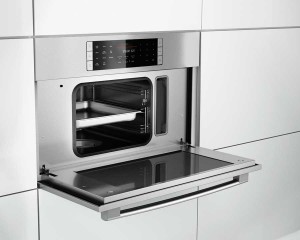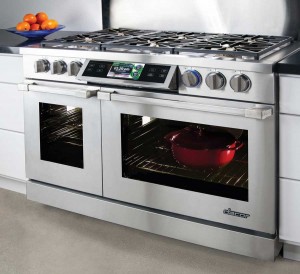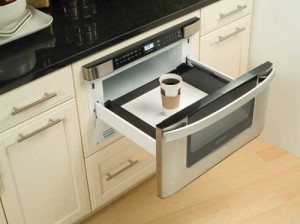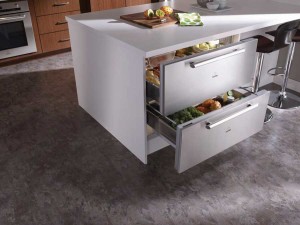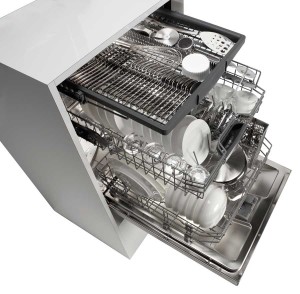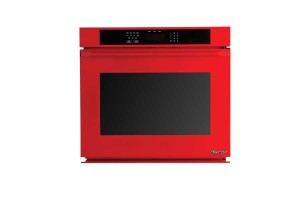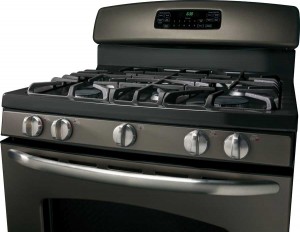Keen Kitchens
18 Oct 2014
If you’re ready to take your kitchen to a new level, check out these latest greatest appliances.
By Kate Jonuska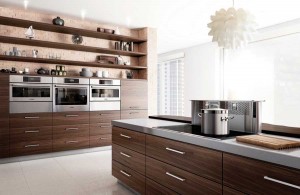 We’ve grown accustomed to constant technological improvements, including ever-thinner televisions, ever-faster Internet and ever-smaller computers. But most people only discover the world of high-tech kitchen appliances when contemplating a remodel.
After checking out this list of the best new appliances, you might find your next high-tech must-have is a cooktop rather than a tablet—or perhaps an oven with a tablet built in.
If it’s time to revamp your kitchen, you’ll find the high-tech world has infiltrated the cooking realm as well.
We’ve grown accustomed to constant technological improvements, including ever-thinner televisions, ever-faster Internet and ever-smaller computers. But most people only discover the world of high-tech kitchen appliances when contemplating a remodel.
After checking out this list of the best new appliances, you might find your next high-tech must-have is a cooktop rather than a tablet—or perhaps an oven with a tablet built in.
If it’s time to revamp your kitchen, you’ll find the high-tech world has infiltrated the cooking realm as well.

